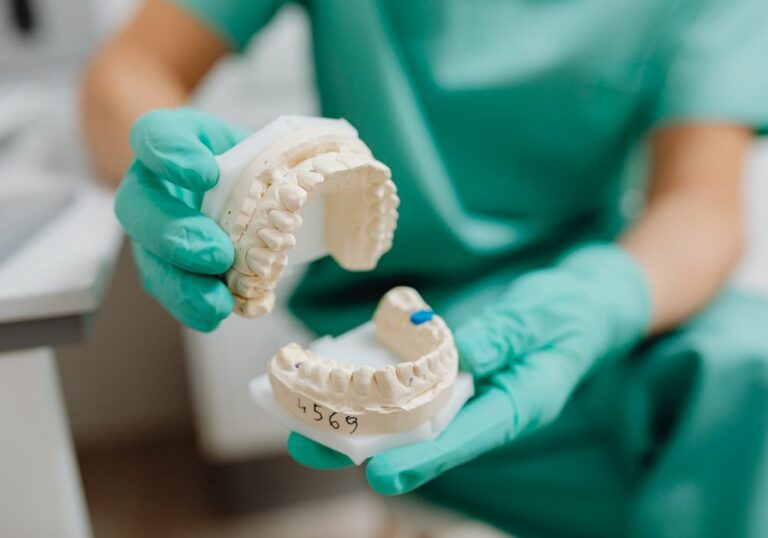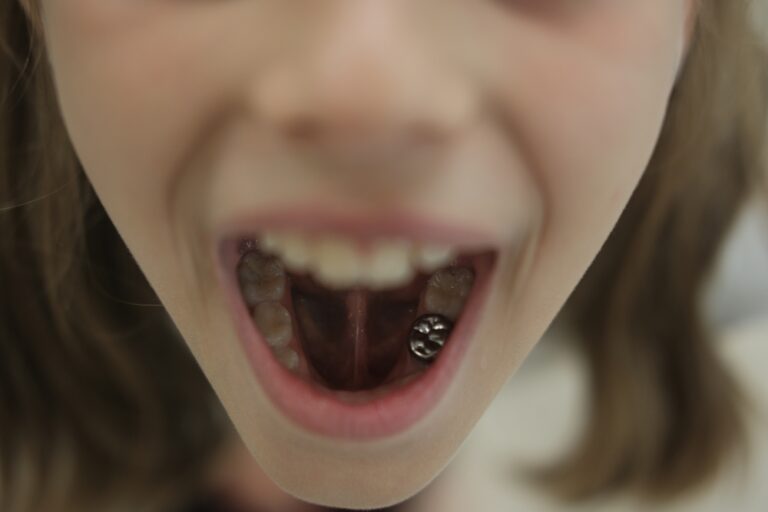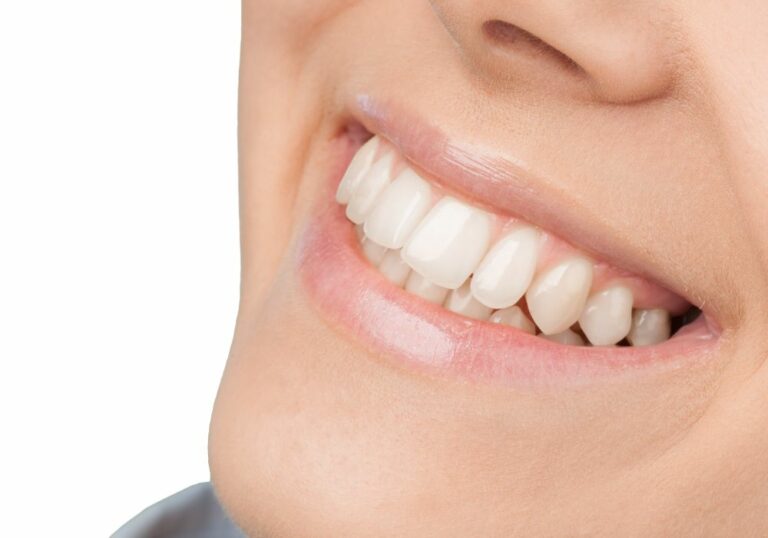Wisdom teeth, also known as third molars, are the last set of molars to erupt in the mouth typically between the ages of 17 to 25 years old. Many people experience issues with wisdom teeth due to lack of space in the jaw, incorrect positioning, or incomplete eruption of the teeth. This can lead to symptoms like pain, swelling, jaw stiffness, headaches, and more. Being able to check on your wisdom teeth at home can help monitor for any potential problems and determine if you need to see a dentist. Here are some tips on how to thoroughly examine your wisdom teeth on your own.
Check for presence of wisdom teeth

The first thing is to check whether your wisdom teeth have come in yet. Open your mouth as wide as you can and use a spoon, flashlight or dental mirror to look at the very back sections of your upper and lower jaws. Wisdom teeth are located at the farthest back points on each side of your mouth. Look for newly erupted teeth that may appear as hard white peaks emerging through your gums in these areas. However, wisdom teeth often only partially emerge or remain unseen under the gums.
Run your tongue along the back gumline and feel for any hard lumps or protuberances that could be evidence of wisdom teeth lurking under the surface. You may be able to feel them before you can see them. If you don’t see or feel wisdom teeth, but suspect they may be present, it’s best to have an oral examination by a dentist who can take x-rays to get a clearer picture. Panoramic x-rays and 3D scans are useful for identifying wisdom teeth that are not yet visible.
Look for signs of infection
Signs of wisdom tooth infection include redness, swelling, pain, tenderness and possible pus drainage in the gums surrounding the tooth. Gently press on the gum tissue around the wisdom tooth, especially near the chewing surface and between teeth. Any pain, discomfort, or pus are clues that there may be an infection or abscess. Bad breath and a persistently bad or metallic taste in the mouth can also indicate infection.
Use a small dental mirror to closely inspect the wisdom teeth and gums and check for swollen gum flaps, reddened puffy tissue, exposed bone, ulcers, or purulent discharge. Signs of infection warrant seeing a dentist right away for antibiotics and potential wisdom tooth removal before it spreads. Let your dentist know how long symptoms have been present.
Feel for cavities
Like other teeth, cavities can form in the pits, fissures and chewing surfaces of wisdom teeth. Use a clean finger to thoroughly feel along all sides of the wisdom teeth, including between the teeth, for any stickiness, pits, rough areas or holes which could indicate a cavity. You likely won’t be able to see all surfaces of wisdom teeth, so careful tactile examination is important.
Any possible cavity should be evaluated promptly by your dentist, who can determine the extent of decay. They may take x-rays or use dental instruments to detect cavities not apparent by eye. Catching cavities when they are small can allow for fillings to repair and conserve the tooth structure. Untreated cavities lead to larger decay, infection, and tooth loss.
Monitor for swelling
Swelling or enlargement of tissues surrounding wisdom teeth needs close monitoring. Check for any bulges, protrusions, or enlarged areas on your gums or cheek near the wisdom teeth. Gently press on the gum tissue and palpate the inner cheek to test for any puffiness, firm masses or asymmetric enlargement on one side.
Use a flexible ruler to carefully measure in millimeters the space between your 2nd molars and jaw bones over time. Any increasing space or asymmetry between sides indicates possible swelling related to your wisdom teeth. Let your dentist know immediately if swelling is present or worsening as it may signify an abscess, infection, or cyst that needs draining. Sudden swelling could lead to difficulty opening the mouth or breathing.
Feel your jaw joint
Problems with wisdom teeth can radiate pain or odd sensations into your temporomandibular joint (TMJ). Use your fingers to gently palpate the TMJ on each side of your face just in front of your earlobes. Check for tenderness, clicks or popping sounds when you open and close your mouth.
Pain or discomfort when chewing, jaw stiffness, or abnormal alignment of your bite could be tied to wisdom tooth mispositioning or impaction. Evaluate if symptoms get worse when you press around the areas of your jaw near your wisdom teeth. Any TMJ issues related to wisdom teeth need to be addressed promptly to avoid long term damage.
Look for emerging teeth
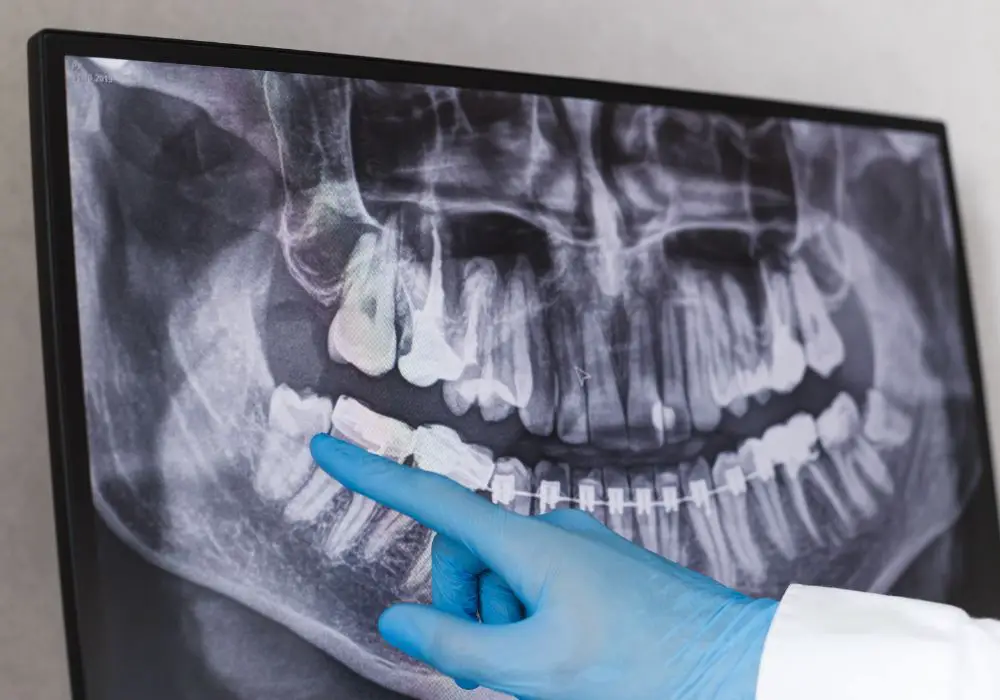
Periodically check to see if any wisdom teeth are in the process of erupting through your gums. Run your tongue along the back gumline and feel for any hard bumps or peaks. You may be able to see white enamel tops starting to poke through the gums before the tooth fully emerges.
However, most wisdom teeth only partially erupt or remain invisible beneath the gum tissue. There still may be signs like a raised bulge or flap of tissue indicating a tooth is sitting just underneath. Monitor eruption sites where wisdom teeth may be sprouting through over weeks and months. Let your dentist know if you detect any changes.
Test your bite
See if your wisdom teeth are interfering with your normal bite closure. Place your back teeth completely together and check that your upper and lower molars fit correctly. Bite down firmly but gently on your back teeth and determine if your bite feels aligned properly.
Any shifts, changes or irregularities in your occlusion could be due to wisdom teeth coming in at odd angles or pushing on other teeth. Try biting on a tongue depressor or popsicle stick. You may notice a difference between sides if one wisdom tooth is more problematic. Issues with your bite or chewing can be a sign of impacted or misaligned wisdom teeth needing evaluation.
Check for cracks
Carefully inspect your wisdom teeth, especially newly erupted ones, for any cracks, fractures or craze lines. Hairline cracks are not always visible but you may be able to detect them by running your tongue over the surface of the tooth. More severe fractures may show distinct gaps or breaks between pieces of the tooth.
Cracks allow bacteria to enter and infect the inner pulp tissue. Cracked wisdom teeth that show evidence of infection may require extraction to prevent spreading and deeper infection. Let your dentist evaluate any questionable cracks that could need treatment before they worsen. Damaged wisdom teeth often need to be removed.
Consider x-rays
While you can screen for some wisdom tooth issues at home through visual and tactile inspection, only dental x-rays can uncover all that’s going on beneath the surface. On panoramic x-rays, your dentist can detect impaction, abnormal positioning, signs of infection, cysts, and decay not apparent outwardly. X-rays are needed to see damage to neighboring teeth and bone that can occur over time from problematic wisdom teeth.
Issues like infection and injury to adjacent teeth may be impossible to identify from the outside without imaging. Get periodic x-ray evaluation to uncover developing problems early and determine appropriate treatment before they escalate. Diagnostic records are critical for thorough wisdom tooth assessment, so work with your dentist to get the appropriate tests.
When to see a dentist
See your dentist promptly if you have any pain, swelling, changes in your bite, or other worrisome symptoms around your wisdom teeth. Let them know if you detect any changes when self-monitoring your wisdom teeth at home. Schedule an appointment if you notice signs of infection, cavities, bite changes, or other issues.
Only your dentist can fully diagnose what may be going on with your wisdom teeth. Trying to check wisdom teeth fully on your own is limited without professional tools and skills. Get a timely expert evaluation to stay proactive about your wisdom tooth health. An ounce of prevention can avoid more invasive treatments down the road.
Wisdom tooth extraction
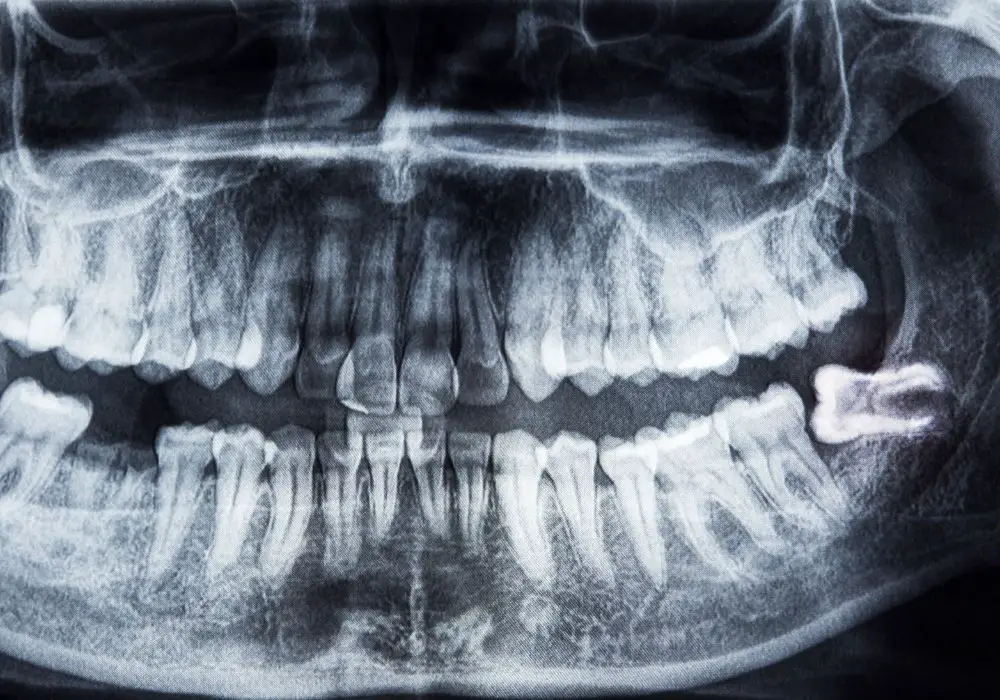
Extraction is often necessary when wisdom teeth are impacted, badly positioned, decayed, or causing other dental issues that can’t be corrected with other treatments. Your dentist will refer you to an oral surgeon if they believe wisdom tooth removal is needed.
Extractions can range from simple to complex depending on the tooth positioning. They may be done under local anesthesia, intravenous sedation, general anesthesia or a combination depending on circumstances. Post-op pain is usually minimal and managed with medication. Recovery typically takes about a week as long as instructions are followed.
More impacted or complicated wisdom teeth may require cutting into gum tissue and bone removal to free the tooth. There is higher risk of post-op swelling and slower healing with more complex extractions. Antibiotics may be prescribed to prevent infection after surgery. Stay on top of your wisdom teeth with self-checks and dental x-rays to avoid more invasive surgical extractions later on.
Home care after extraction
Proper at-home care after wisdom tooth extraction is vital for swift and problem-free healing. Be sure to carefully follow all post-op directions from your oral surgeon about medications, diet, activity level, and oral hygiene. These measures are crucial for preventing complications.
- Use ice packs placed gently on the exterior of your face near the extraction sites during the first 24 hours to minimize swelling. After the first day, switch to moist heat.
- Drink lots of fluids and eat only soft, nutritious foods like yogurt, smoothies, applesauce, scrambled eggs and broth during initial healing. This helps maintain nutrition while avoiding chewing that could disturb the wounds.
- Avoid vigorous activity, exercise, and excessive talking or jaw movement for at least 2-3 days. Too much movement can delay healing.
- Don’t smoke, drink alcohol through straws, or rinse vigorously as this can dislodge blood clots and delay healing.
- Rinse very gently with warm salt water starting 24 hours after surgery to keep sites clean.
- Take prescribed pain relievers as directed by your surgeon to manage discomfort.
- Avoid disturbing the wounds with your fingers or tongue as they heal.
- Monitor for excessive bleeding that may require gauze pressure or professional care.
Call your oral surgeon if you have excessive bleeding, worsening pain, or abnormal swelling that does not improve with medication and ice. With proper at-home post-op oral care, your mouth can recover quickly after wisdom tooth removal.
Frequently Asked Questions
1. What age should I start checking my wisdom teeth?
Most wisdom teeth start to erupt between ages 17-25. Begin looking for eruption signs around age 16. Have an oral exam by age 18, even if you don’t see wisdom teeth yet, to allow early detection of potential problems. X-rays by this age can reveal wisdom teeth below the gums.
2. What if I don’t have all four wisdom teeth?
It’s common to have fewer than four wisdom teeth. About 35% of people are missing at least one third molar. Some natural space in your jaws allows the remaining teeth to erupt uneventfully. Just check whatever number of wisdom teeth you have. Having no wisdom teeth or just one or two reduces likelihood of problems.
3. Can wisdom teeth come in later, like the 30s or 40s?
Yes, it’s possible but less common for wisdom teeth to emerge significantly later than the teens/early 20s. Wisdom teeth can appear any time through the mid-20s. Rarely some people have enough jaw growth in adulthood to allow wisdom teeth to erupt later. Check for late-emerging wisdom teeth too.
4. How often should I monitor my wisdom teeth?
Examine your wisdom teeth routinely about once a month for changes. Check more frequently if you notice active eruption or any worrisome symptoms. Have a professional dental exam and x-rays at least annually to monitor for issues not apparent visually.
5. When should I go straight to the dentist without checking myself first?
See your dentist right away if you have sudden severe pain, large swelling, pus discharge, trauma like a knocked out tooth, or other serious symptoms from your wisdom teeth. Don’t wait to check it yourself when there are signs of urgent infection or injury. Get prompt professional dental care for potentially serious wisdom tooth problems.


